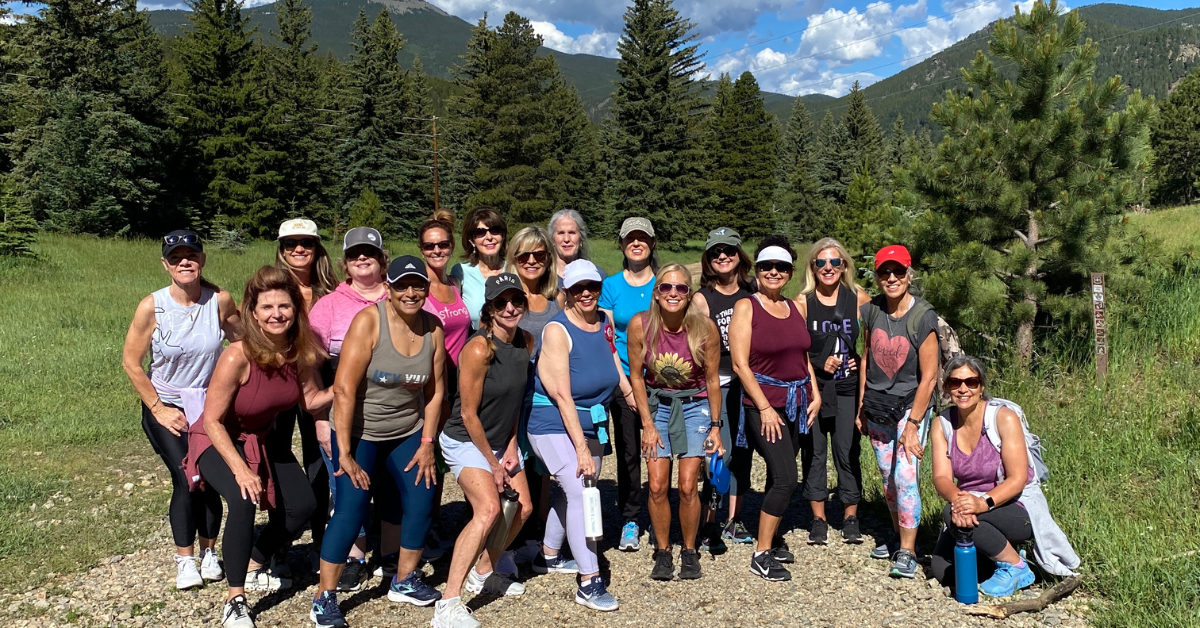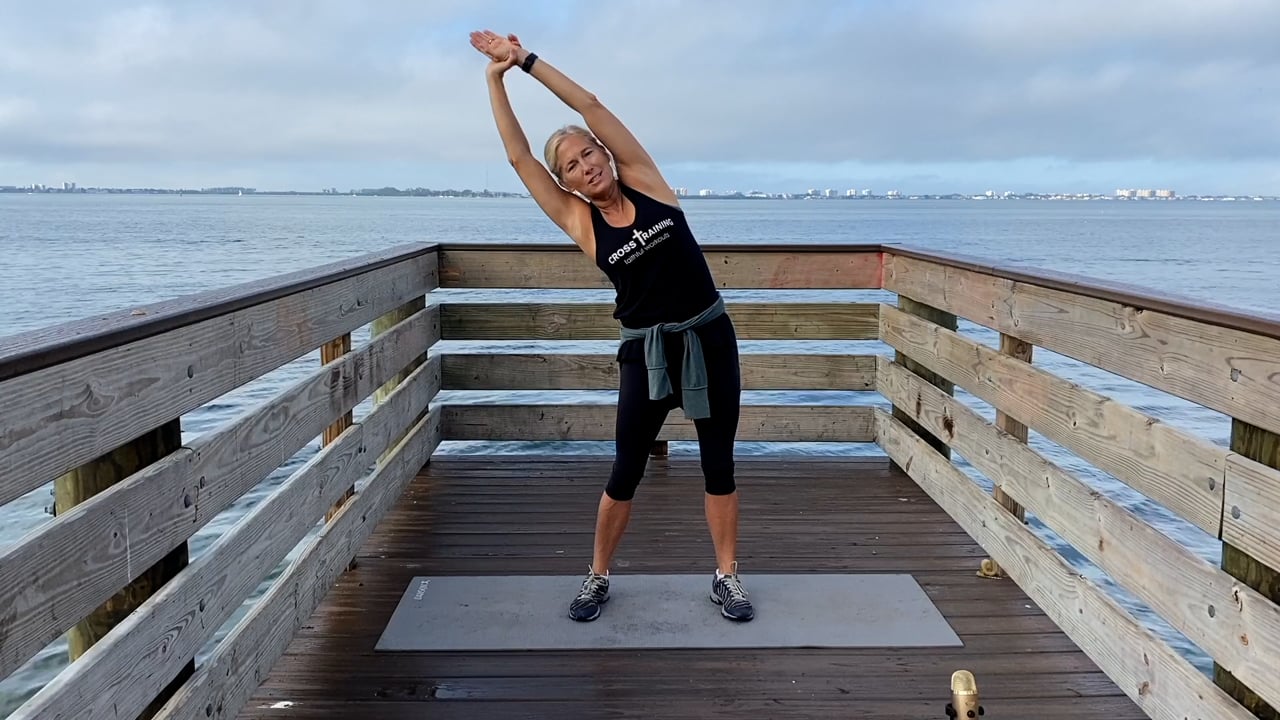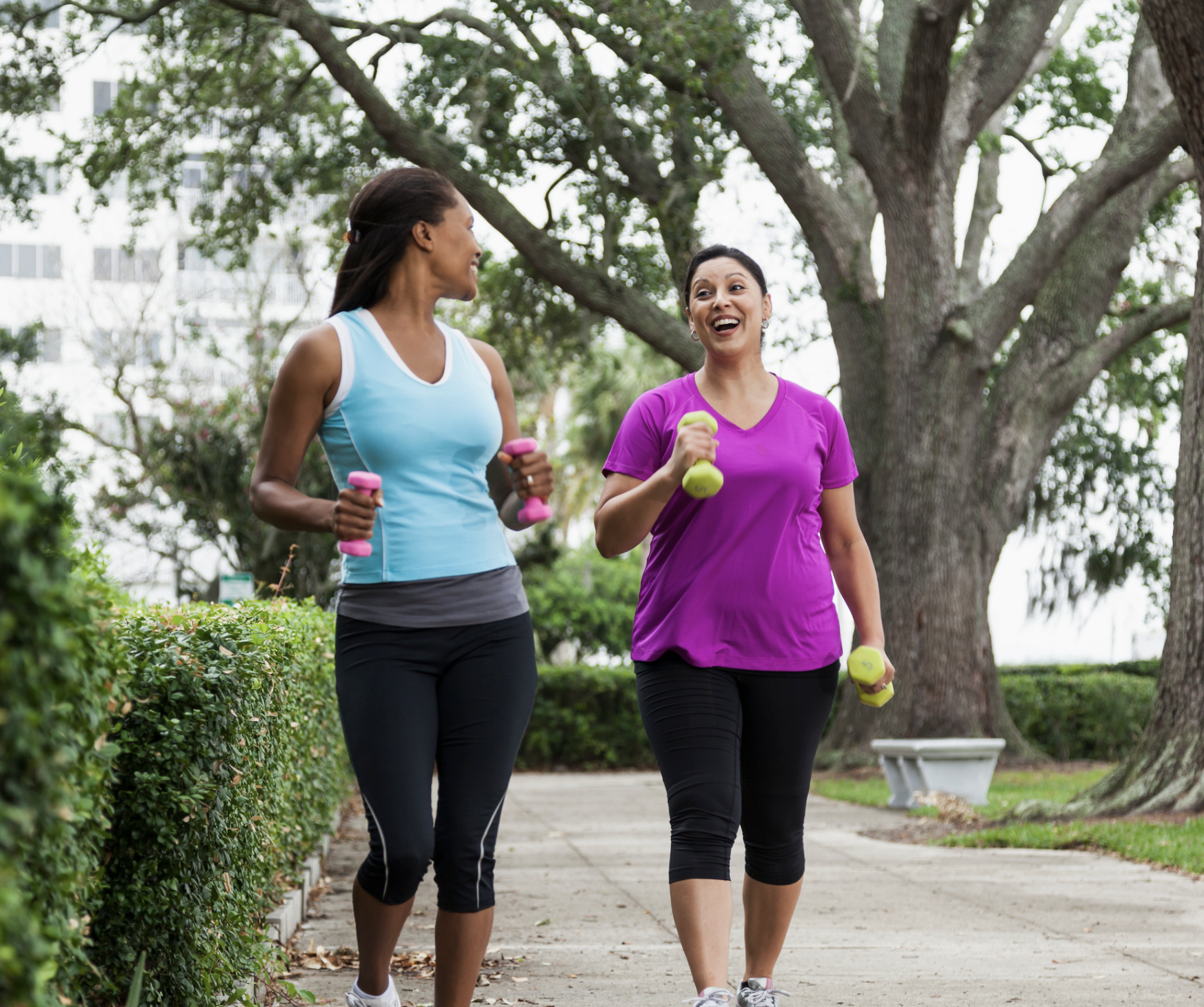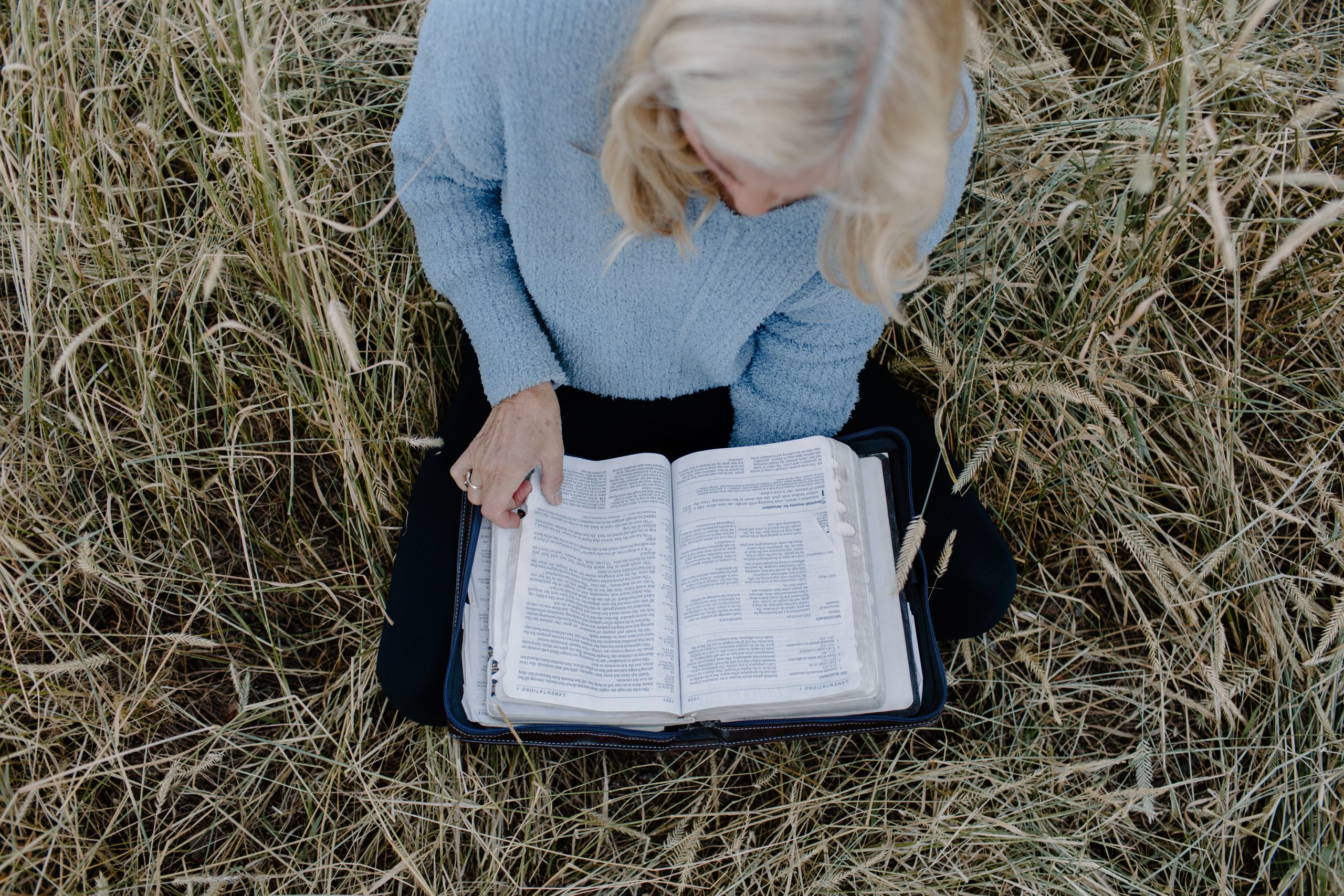In my 60s, I thank God each day for the ability to move my body. The older I get, the more I realize how important it is to care for it. Strengthening my body is not only a way to stay healthy but also a way to honor God’s gift of life and movement. We know from Scripture that God cares deeply about our bodies and wants us to take good care of them. As Proverbs 31:17 says, “She sets about her work vigorously; her arms are strong for her tasks.” Strengthening our bodies enables us to continue fulfilling the work God has set before us with vigor, energy, and joy.
As we age, our bones naturally lose density, making them more vulnerable to fractures and osteoporosis. However, strength training is one of the best ways to maintain and even increase bone density, reduce the risk of falls, and keep us moving with grace and strength. Here are four strength training moves that have been key in helping me build stronger bones and maintain mobility in my 60s—and I hope they will help you, too!
4 Important Strength Moves:
1. Deadlifts (with weights)
Steps for Proper Form:
- Set up: Stand with feet hip-width apart, hold a weight in each hand in front of your thighs with both hands (palms facing your body). Keep your knees slightly bent.
- Hinge at the hips: Keeping a flat back, push your hips back (not down) and lower the weights toward the floor, stopping when you feel a stretch in your hamstrings.
- Engage your core and glutes: Push through your heels and squeeze your glutes as you raise your torso back up to the starting position.
- Return to starting position: Fully extend your hips and stand tall, keeping your back straight and shoulders relaxed.
Why it’s good for bone strength: Deadlifts strengthen the posterior chain (hamstrings, glutes, and back), which is essential for spinal health. The lifting motion under load (with weights) helps stimulate bone-building processes in the hips, lower back, and legs, improving overall bone density.
2. Reverse Flies (with Dumbbells or Resistance Bands)
Steps for Proper Form:
- Set up: Stand with feet shoulder-width apart, knees slightly bent, and hinge forward at the hips, keeping your back straight and core engaged. Hold a dumbbell in each hand with palms facing each other.
- Raise arms: With a slight bend in your elbows, raise both arms out to the sides until they are parallel with the floor, squeezing your shoulder blades together. Your knuckles should be facing the ceiling.
- Lower back down: Slowly lower the weights back to the starting position, maintaining control throughout the movement.
- Option: Stand upright and hold an exercise band out in front with hands at shoulder height. Knuckles should be facing up. With a slight bend in your elbows, pull your hands back and then slowly come back towards the center.
Why it’s good for bone strength: Reverse flies work the upper back, shoulders, and rear deltoids, helping maintain a strong posture. A strong upper back is important for bone health, as it helps prevent slumping and promotes good alignment in the spine, encouraging better bone density in the upper body.
3. Weighted Calf Raises (with Dumbbells or Barbell)
Steps for Proper Form:
- Set up: Stand with your feet hip-width apart and a weight in each hand, holding them at your sides or on your shoulders (if using a barbell). Alternatively, place the balls of your feet on a step or raised surface.
- Lift your heels: Push through the balls of your feet and raise your heels as high as possible, standing on your toes.
- Hold briefly: Pause at the top of the movement, squeezing your calves, then slowly lower your heels back to the starting position.
Why it’s good for bone strength: Calf raises strengthen the muscles in your lower legs, particularly the calves. The repetitive weight-bearing action helps stimulate bone growth in the lower leg bones, including the tibia and fibula. This exercise also enhances balance and stability, reducing the risk of falls.
4. Bicep Curls (with Dumbbells or Resistance Bands)
Steps for Proper Form:
- Set up: Stand with your feet shoulder-width apart, holding a dumbbell in each hand with your arms fully extended and palms facing forward.
- Curl the weights: Keeping your elbows close to your torso, curl the weights toward your shoulders by contracting your biceps. Be sure to keep your upper arms stationary and avoid swinging your body.
- Squeeze at the top: Pause at the top of the curl, squeezing the biceps, then slowly lower the weights back to the starting position.
Why it’s good for bone strength: Bicep curls strengthen the muscles in the upper arms, especially the biceps. Building muscle in the arms helps support the bones in the forearms, elbows, and shoulders. Strong muscles around these joints protect them from stress, and weight-bearing exercises can help maintain bone density in the arms and upper body.
Strength training not only increases muscle mass but also has a direct positive impact on bone density. Weight-bearing exercises like the ones above stimulate the bones to respond by becoming stronger, denser, and more resilient. This is key in preventing osteoporosis and fractures as you age.
When beginning any strength training routine after 50, it’s important to start with proper form and progress gradually.
Remember, consistency is key! Aim to incorporate these strength training moves into your routine 2-3 times a week for the best results. As you build strength, you’ll not only improve your bone health but also enhance your overall fitness and quality of life.
Stay strong and take care of your bones!











